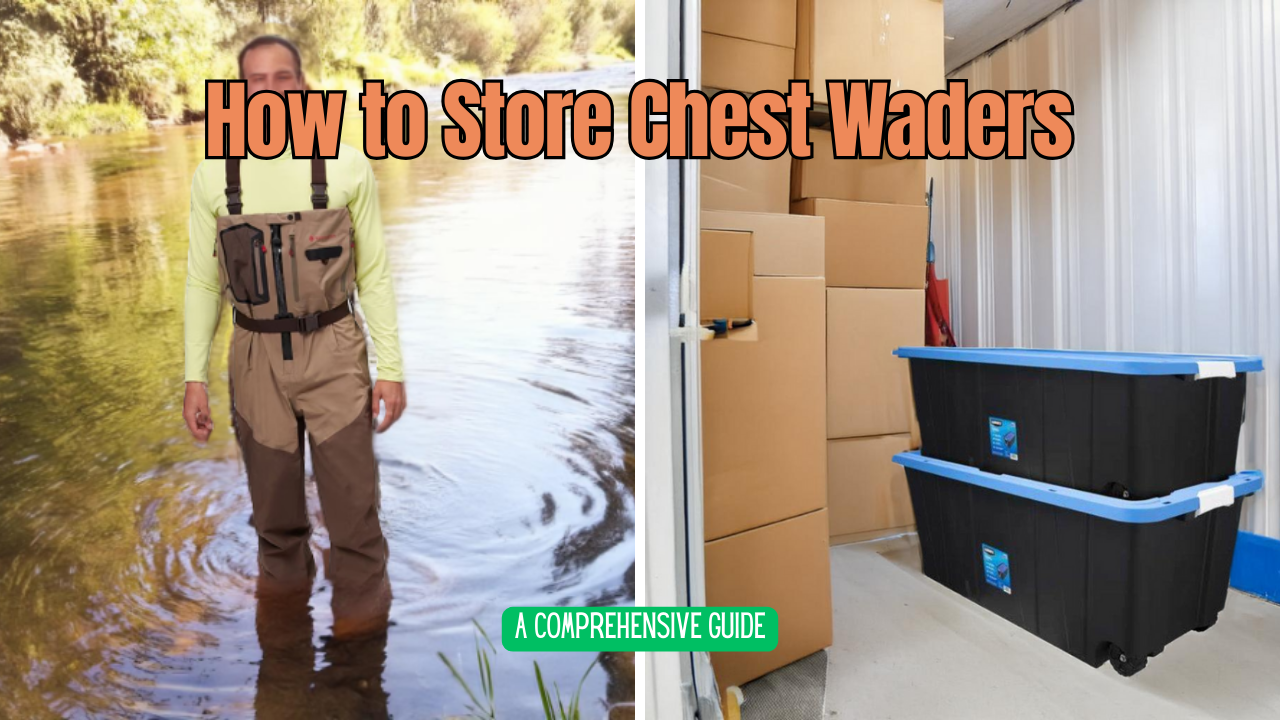Choosing the right size chest waders can feel like trying to find a needle in a haystack. With so many brands, styles, and sizes, it’s easy to get overwhelmed. But fear not! This guide will walk you through the process of sizing chest waders, ensuring you find the perfect fit for your fishing adventures.
Key Takeaways:
- Understanding your body measurements is crucial for finding the correct size chest waders.
- Different brands have varying size charts, so always check the specific brand's chart before purchasing.
- Consider the type of waders (bootfoot or stockingfoot) and the layers you’ll wear underneath for the best fit.
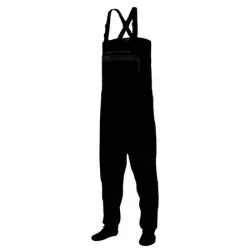
Understanding Wader Types
Before diving into sizing, it’s essential to understand the two main types of chest waders: bootfoot and stockingfoot. Bootfoot waders come with boots attached, making them a convenient all-in-one option. Stockingfoot waders, on the other hand, have neoprene socks at the bottom, requiring separate wading boots.
Each type has its pros and cons. Bootfoot waders are great for quick and easy wear, while stockingfoot waders offer more flexibility and a better fit for different foot sizes. Knowing which type you prefer will help narrow down your options and make the sizing process smoother.
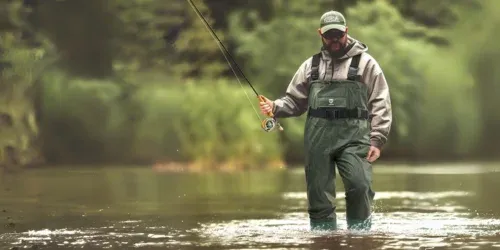
Measuring Your Body
Accurate body measurements are the cornerstone of finding the correct size chest waders. Start by measuring your chest, waist, hips, inseam, and height. Use a flexible tape measure and ensure you’re standing straight for the most accurate results.
For the chest, measure around the fullest part, keeping the tape snug but not tight. For the waist, measure at the narrowest point, usually just above the belly button. Hips should be measured at the widest part, and the inseam from the crotch to the floor. These measurements will help you match your body to the wader size charts provided by different brands.
Using Size Charts
Size charts are your best friend when it comes to finding the right wader size. Each brand has its own chart, so always refer to the specific brand’s chart before making a purchase. These charts typically include measurements for chest, waist, hips, inseam, and height, allowing you to find the best fit.
For instance, if your chest measures 42 inches, waist 36 inches, hips 44 inches, inseam 32 inches, and height 6 feet, you’ll need to find a size that accommodates all these measurements. Some brands offer “stout” sizes for those with a larger waist and chest, ensuring a comfortable fit without compromising mobility.
Considering Boot Size
If you’re opting for bootfoot waders, your normal shoe size will play a significant role in finding the right fit. Bootfoot waders come with boots attached, so you’ll need to ensure the boot size matches your regular shoe size. Most brands provide a size chart that correlates shoe size with wader size.
For stockingfoot waders, you’ll need to purchase separate wading boots. In this case, your normal shoe size will determine the boot size you need. It’s crucial to try on the boots with the waders to ensure a comfortable fit, as the neoprene socks can add some bulk.
Allowing for Layers
When sizing chest waders, consider the layers you’ll wear underneath. If you plan to fish in colder weather, you’ll likely wear thermal layers, which can affect the fit. It’s a good idea to try on waders with the layers you intend to wear to ensure they’re not too tight or restrictive.
For example, if you usually wear a base layer and a fleece under your waders, make sure there’s enough room to accommodate these layers without compromising comfort or mobility. A snug fit is essential, but you should still have enough room to move freely.
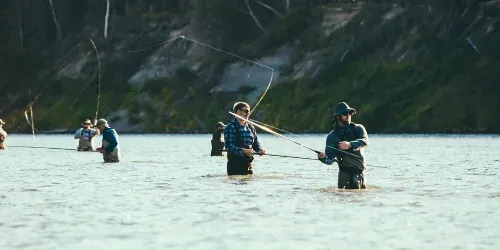
Checking for Mobility
Mobility is a key factor in choosing the right size chest waders. You’ll need to be able to move comfortably, whether you’re standing, kneeling, or crouching. When trying on waders, perform a few movements to ensure they don’t restrict your range of motion.
For instance, try bending your knees, sitting down, and reaching forward. If the waders feel too tight or restrictive, you may need to go up a size. Remember, comfort and mobility are crucial for a successful and enjoyable fishing experience.
Considering Women’s Waders
Women’s waders are designed to fit the female body shape, offering a better fit and more comfort. If you’re a woman, it’s advisable to choose waders specifically designed for women rather than opting for men’s sizes. Women’s waders typically have a narrower waist and wider hips, ensuring a better fit.
For example, if you’re 5’6” with a chest measurement of 36 inches, waist 28 inches, and hips 38 inches, you’ll find that women’s waders offer a more tailored fit compared to men’s waders. Always refer to the brand’s size chart to find the best fit for your body measurements.
Trying Different Brands
Different brands have different sizing standards, so it’s worth trying a few to see which fits best. Some brands may run larger or smaller than others, so don’t be afraid to experiment. Reading reviews and seeking recommendations can also help you find a brand that suits your needs.
For instance, if you’ve tried Brand A and found the waders too tight in the chest, you might want to try Brand B, which may offer a more generous fit. Remember, finding the right waders is a personal journey, and what works for one person may not work for another.
Checking for Adjustability
Many chest waders come with adjustable features, such as shoulder straps and waist belts, allowing you to customize the fit. These features can make a significant difference in comfort and mobility, so look for waders with adjustable options.
For example, adjustable shoulder straps can help you achieve the perfect fit, ensuring the waders don’t sag or feel too tight. A waist belt can also help secure the waders in place, preventing them from slipping down as you move.

Considering Longevity
Investing in a good pair of chest waders is essential for long-term use. Look for waders made from durable materials that can withstand the rigors of fishing. High-quality waders may cost more upfront, but they’ll save you money in the long run by lasting longer.
For instance, waders made from breathable materials like Gore-Tex offer excellent durability and comfort, making them a worthwhile investment. Always check the material and construction quality before making a purchase to ensure you’re getting a pair that will stand the test of time.
Trying Before Buying
If possible, try on waders before buying them. This allows you to check the fit, comfort, and mobility firsthand. Many outdoor stores have fitting rooms where you can try on different sizes and brands to find the best fit.
For example, if you’re unsure whether to go with a medium or large size, trying them on can help you make an informed decision. Don’t be afraid to move around and test the waders’ flexibility to ensure they meet your needs.
Considering Exchange Policies
When buying waders online, check the exchange and return policies. This ensures you can exchange them if they don’t fit correctly. Many reputable brands and retailers offer hassle-free exchange policies, allowing you to find the perfect fit without any stress.
For instance, if you purchase waders online and find they’re too tight in the chest, you can easily exchange them for a larger size. Always read the return policy before making a purchase to ensure you have the option to exchange if needed.
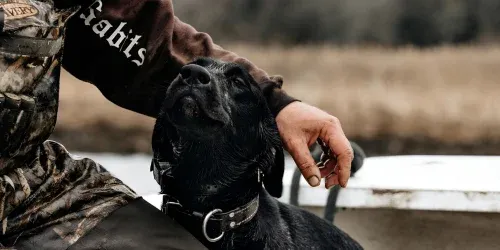
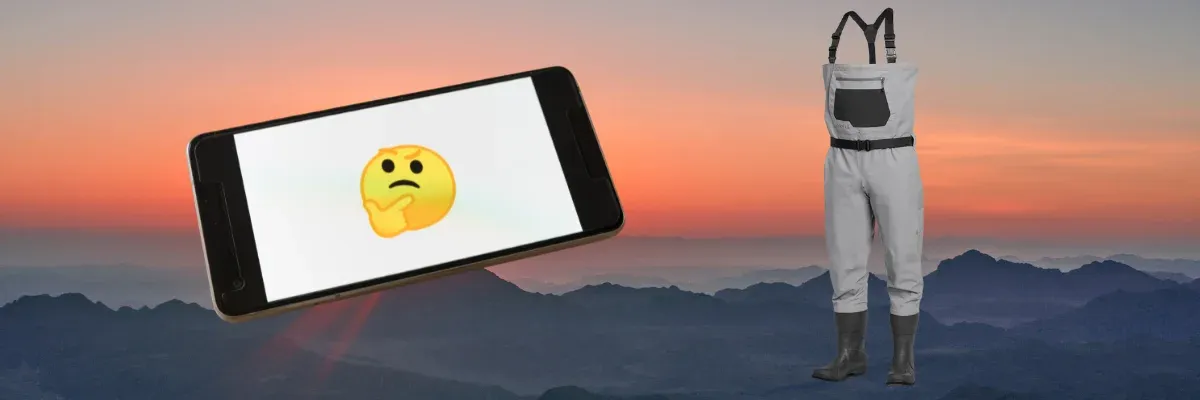
Summary
Finding the right size chest waders involves understanding your body measurements, using size charts, and considering factors like boot size and layers. By following these steps, you can ensure a comfortable and functional fit, enhancing your fishing experience. Remember, the right waders should offer mobility, comfort, and durability, allowing you to focus on what matters most – catching fish.
FAQs
How do I measure my inseam for chest waders?
To measure your inseam, stand straight and measure from the crotch to the floor. This measurement helps determine the length of the waders, ensuring they’re not too short or too long.
Can I wear regular shoes with stockingfoot waders?
No, stockingfoot waders require separate wading boots. These boots are designed to fit over the neoprene socks, providing the necessary support and traction for fishing.
What should I do if my waders are too tight?
If your waders are too tight, consider exchanging them for a larger size. Tight waders can restrict movement and cause discomfort, so it’s essential to find a pair that fits well. Always check the brand’s exchange policy before purchasing.
Related articles:
